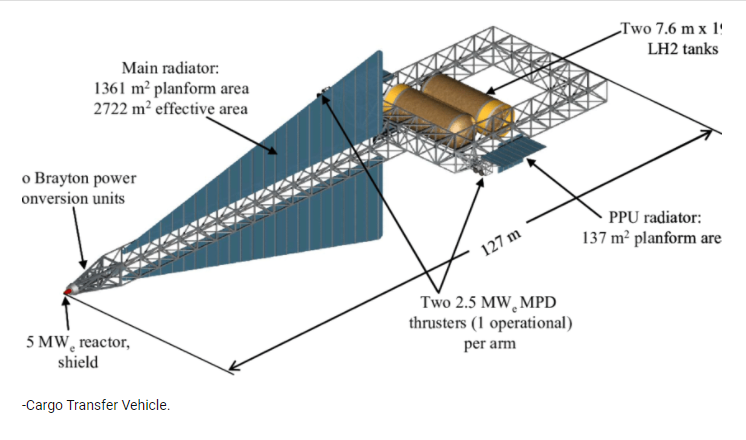Former SpaceX engineer Scott Nolan, CEO of startup General Matter, is on a mission to help end Russia's monopoly on a type of more-enriched nuclear fuel by producing it at commercial scale in the United States and slashing its costs.
Nolan incorporated San Francisco-based General Matter this year in order to make high-assay low-enriched uranium, or HALEU, for a variety of planned atomic plants including small modular reactors, or SMRs, that backers hope will take off in the 2030s.
HALEU is uranium enriched to between 5% and 20%, which backers say has the potential to make new high-tech reactors more efficient. Uranium fuel used in today's reactors is enriched to about 5%. Big Tech companies such as Amazon
(AMZN.O), opens new tab have
plansto build new reactors to serve power-hungry data centers.
"We believe HALEU is the most urgent need in the market today, and the most sensitive to enrichment cost," Nolan told Reuters in his first media interview since forming the company.



